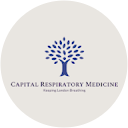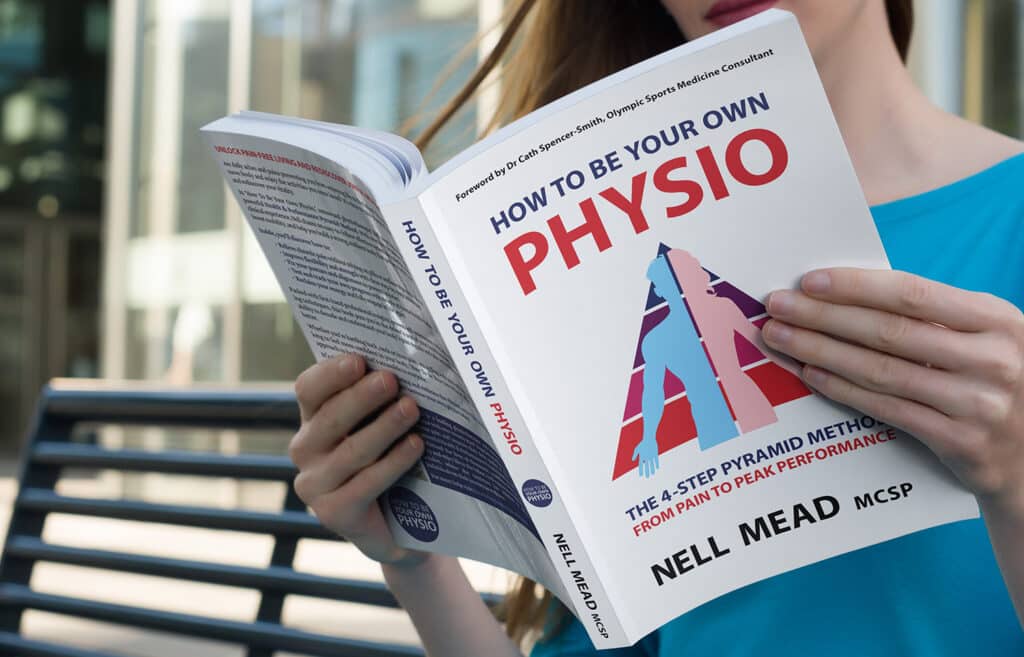Last week, I spent an afternoon in theatre with one of my favourite surgeons, shoulder specialist Susan Alexander. I had referred one of my patients to her, after his MRI scan showed up some abnormalities. Based on that, she had felt that he needed surgery: a subacromial decompression, with possibly a rotator cuff repair, biceps tenodesis, and/or a labral repair.
It’s not uncommon for a surgeon to not know exactly what they will find waiting for them inside a joint. MRI is fantastic technology, but some injuries can hide or mimic others, and because it is effectively a photograph of a moment in time, it can’t provide all the information we need about movement patterns. So, for example, an abnormally-shaped bone might rub against a tendon with the shoulder if you get yourself into particular positions; but in a neutral position (which is how MRI is done), you can just tell that the bone is a slightly odd shape and that the tendon looks a bit discoloured. As a clinician, you have to join the dots yourself and make the conclusion that the two issues may be linked. Whereas, when you have an anaesthetised patient and a camera sticking into the joint, it’s a lot easier to wiggle their shoulder around and see the bone spur pressing on the inflamed part of the tendon!
Having a bit of a poke around inside the joint is also important – the other thing the MRI can’t predict is tissue quality. A structure such as tendon or cartilage may look ok, on MRI and even with a camera. However, when the surgeon probes it, you can see how functional the tissue is likely to be. Softened cartilage and frayed tendon just doesn’t respond to a probe in the same way as healthy tissue!
And so it proved in this case. Where the MRI wasn’t totally clear, when Susan patiently scoped, wiggled and probed, it became evident that a bone spur (larger in life than it had appeared on the scan) was causing fairly deep degeneration into the supraspinatus tendon – one of the key muscles that holds the ball of the shoulder in the socket. The labrum was intact and firm as it should be; and the biceps tendon was also normal.
From there, the surgery was relatively straightforward. Susan shaved away the bone spur to create space for the tendon to glide smoothly without rubbing (this is known as a subacromial decompression, or SAD). She also repaired the tendon, removing the degenerated tissue and reinforcing the remainder with a screw and some strong anchors.
(Incidentally, I had an almost identical problem many years ago, and was operated on in 2004 by the late, great shoulder surgeon Stephen Copeland. I asked Susan if the surgery I’d had was likely to be the same, and she laughed: “Not quite – this is modern surgery! The anchors we use these days are bioabsorbable and integrate into the bone, whereas yours will have been metal; and with metal you run the risk of pain and rubbing if it’s not perfectly positioned.”)
Although I spend a lot of my time helping my patients to avoid going under the knife, when it does have to happen, I love to watch. And when the surgery can be done arthroscopically (the medical name for keyhole surgery into a joint), the camera inside the joint transmits an image onto a large monitor. This is so that the surgeon can see what she is doing; but it also means that I can see too. It’s much harder to get a good view of most open surgery, as the surgeon is usually in the way, peering over what they’re doing.
And why do I go when I can? So many reasons! I go because:
- Seeing my familiar face and chatting to me while they’re about to have their anaesthetic can make the whole experience less scary – especially for a patient who doesn’t like needles!
- It helps my patient to have faith in the surgery if I (someone they trust) has watched the whole thing, and can report to them exactly what happened, and that no mistakes were made.
- If I just have the operation notes – or, worse, just get told the name of the operation – then I don’t have as much understanding of how that specific operation was done, how well it was done, and the quality of the patient’s tissue that I have to work with.
- It helps the patient to understand the surgery. After all, I’m the one they’re going to be seeing for the next few months, not the surgeon, so if I’ve been there, I can explain it to them as many times as they need me to.
- It helps me to plan the rehabilitation for the patient, partly because I’ve been able to watch and get an idea of the handiwork and the tissue quality; but also because I’ve been able to spend an hour or two discussing the case with the surgeon, and agreeing together the optimal way forward.
- It helps me to learn how each surgeon works, so that I can decide which patients to refer to which surgeon in future. (For the record, I rate Susan highly, and regularly recommend her to my patients: she’s not just a high quality surgeon, but I also really love the way she looks after her patients, treating them with interest and kindness – which isn’t something you always find!)
Most physios do not go to see their patients in theatre; but personally, if I can, I do. Essentially, for me, the operating theatre is the point where the surgeon hands over the baton of care to the physio; and if the physio isn’t there, then I think that’s a big opportunity lost. I think it allows me to do a better job for my patients. And if I can’t go (for example, because the patient comes to me after they’ve had surgery, or because it’s done as an emergency case and I can’t get there, or because the surgery is done on the NHS in a trust where they don’t allow external physios access), I try to make sure I get as much information from the surgeon as possible.
Observing our patients in theatre isn’t how we’re taught to work, largely I suspect because physiotherapy is an undergraduate degree that prepares its students to join the NHS where time and money are scarce; but for me, this is one of the reasons I decided to work in private practice. And I’m always surprised that more private practitioners don’t do it.
If you’d rather work with a physio who gets so invested in your recovery that they come to watch your surgery, give my team a call on 0207 175 0150, and I’ll be happy to help. Or, if you need a shoulder surgeon who cares about you as a person and doesn’t just think of you as just a shoulder, then I highly recommend Susan Alexander at Fortius Clinic.







